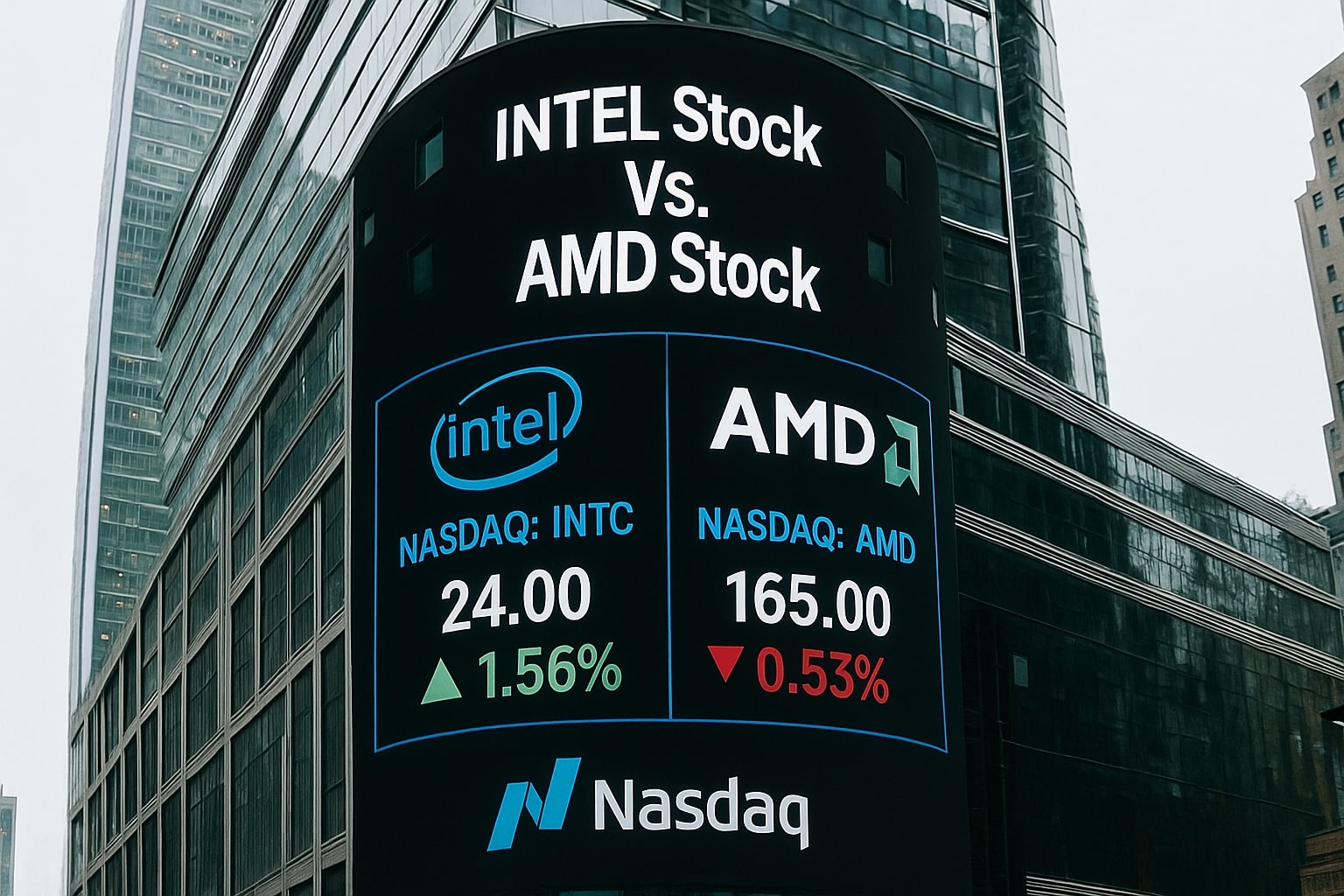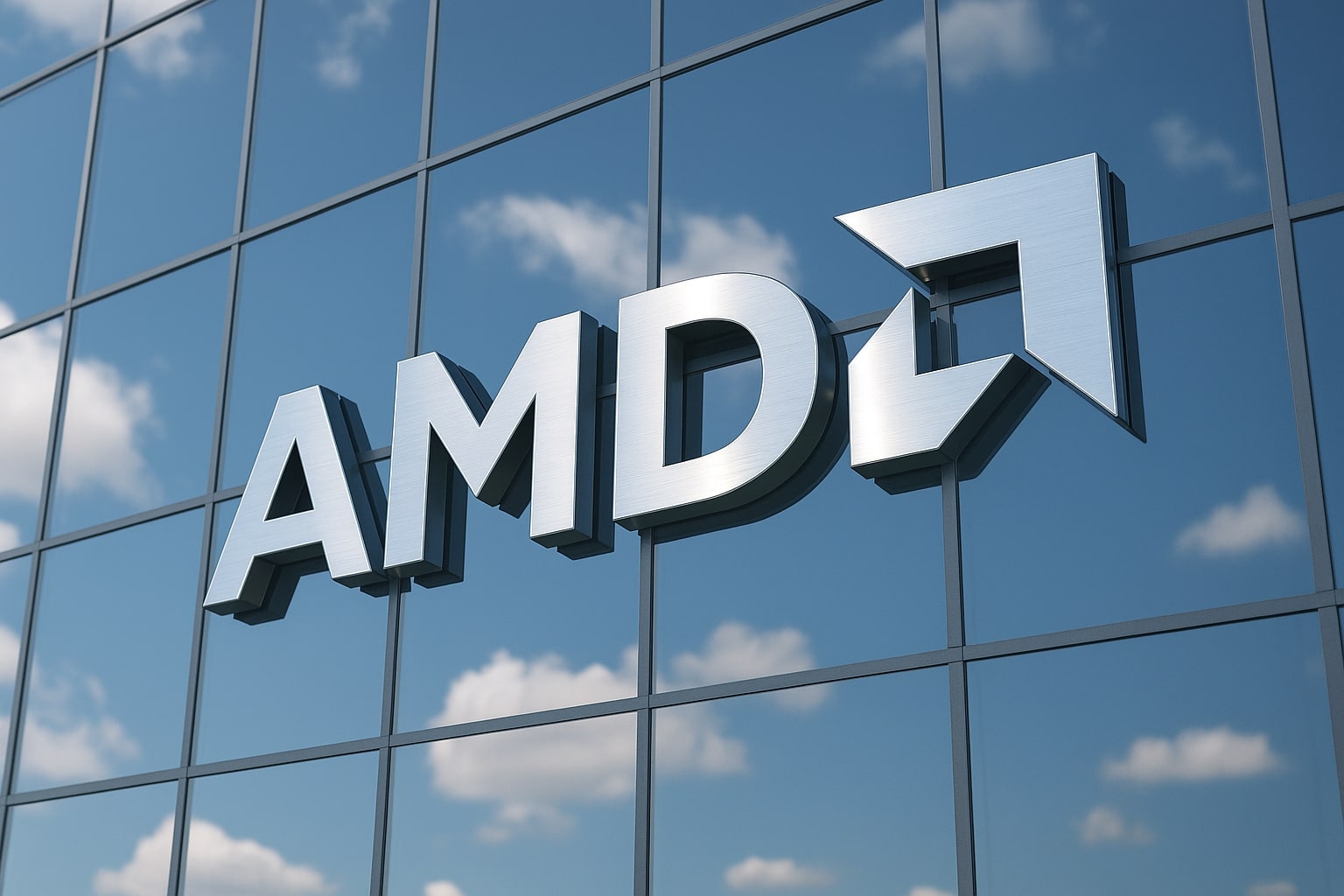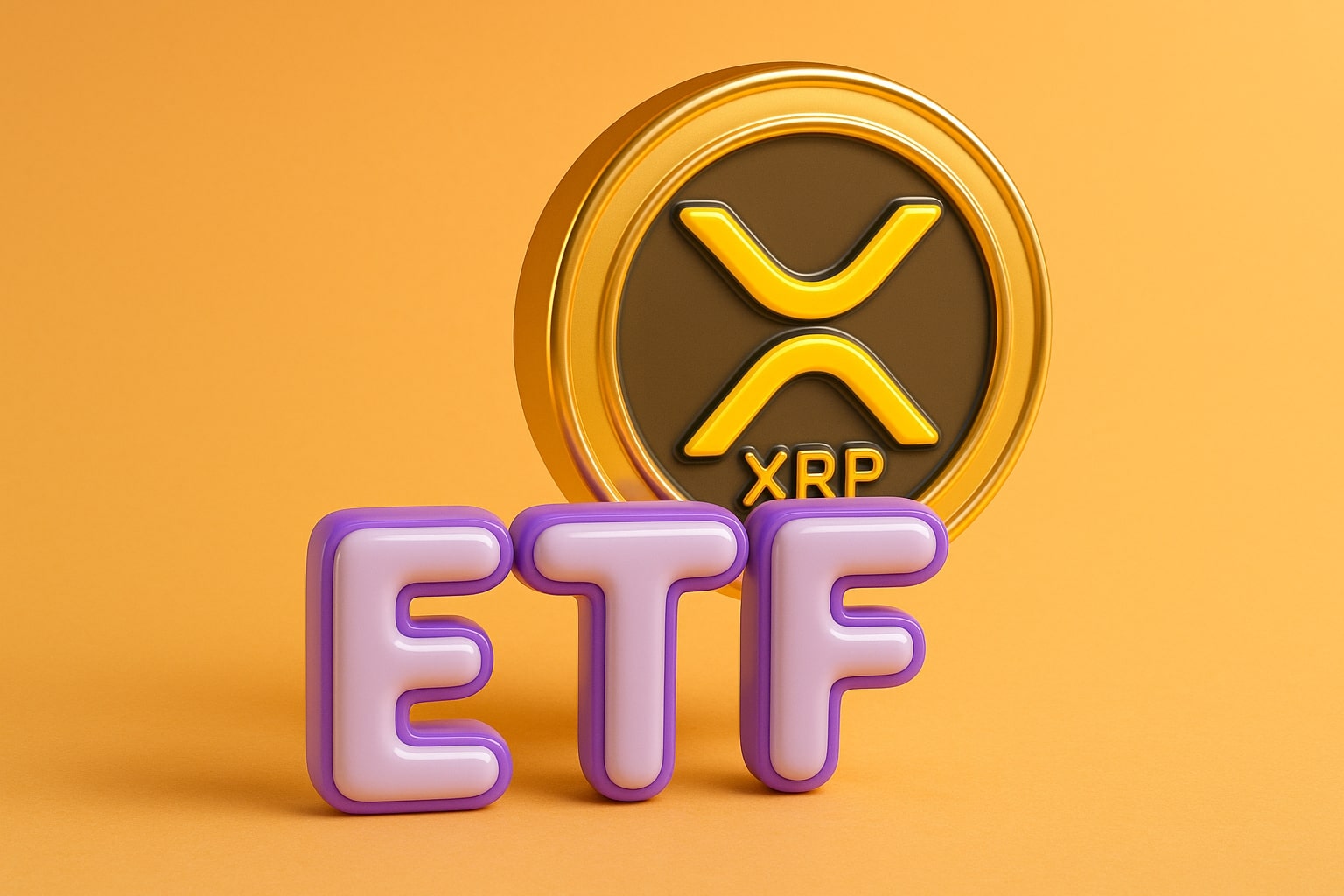
Intel vs AMD Stock Analysis: NASDAQ:INTC Struggles at $24.33 While NASDAQ:AMD Rises at $165.87 on AI Growth
Intel relies on subsidies and fabs to survive, while AMD builds momentum with 31.7% revenue growth, IBM partnership, and $200+ analyst targets | That's TradingNEWS
Intel vs. AMD: Diverging Paths in the Semiconductor War
Intel (NASDAQ:INTC) Stock Stuck in Survival Mode
NASDAQ:INTC closed at $24.33, giving the company a market capitalization of $106.5 billion, a fraction of its 2021 peak when it traded over $55 per share with a valuation above $250 billion. The last four years have been catastrophic: revenue collapsed from $79 billion in 2021 to $53 billion in the last twelve months, and profits of $19 billion flipped to a loss of $20.5 billion in 2025. That equates to a -38.6% net margin, one of the steepest in the sector. Gross margins have fallen from 58% at peak to 33% TTM, well below foundry rivals like TSMC at ~60% and AMD at 51%.
Performance-wise, Intel stock is up 26% year-to-date, rebounding from the 2024 lows of $17.67, but it still trades 56% below its five-year highs. Volatility has been high: the stock hit $27.55 earlier this year before sliding back under $25 as debt and execution risks weighed on sentiment. Analyst price targets span $14 on the low end to $28 on the high end, with consensus at $22.06, implying downside risk from today’s levels.
Intel’s forward outlook is heavily dependent on its IDM 2.0 strategy. The company is burning $18 billion annually in CapEx to build fabs in Ohio, Arizona, and Germany, aiming to produce at the 18A and 14A process nodes by 2027. Cash reserves of $21.2 billion provide some liquidity buffer, but with $50.8 billion in debt and negative free cash flow of -8.3 billion, Intel’s balance sheet is strained. Rating agencies like Fitch have already cut its credit to BBB with a Negative outlook. While Washington’s $11.1 billion equity stake guarantees survival, profitability is far from certain. Intel is trading less like a growth equity and more like a government-backed infrastructure asset.
AMD (NASDAQ:AMD) Stock Expands on AI Leadership
NASDAQ:AMD tells the opposite story. Shares trade at $165.87, valuing the company at $269 billion, more than double Intel despite generating half the revenue. Over the past year, AMD stock climbed 37%, outperforming the S&P 500’s 14% gain and vastly outpacing Intel. Year-to-date, AMD is up 36%, compared to Intel’s 26%, and it sits just 11% below its all-time high of $186.65.
Financially, AMD is thriving. Revenue hit $29.6 billion TTM, up 31.7% YoY, with net income at $2.73 billion and EPS of $1.67. Analysts forecast $32.9 billion in 2025 sales and $40 billion in 2026, translating to EPS growth from $3.90 this year to $6.02 next year, a 54% jump. Gross margins stand at 51%, well above Intel’s, and operating cash flow of $4.9 billion supports continued AI investment. Unlike Intel, AMD has minimal leverage, with just $3.9 billion debt against $5.9 billion cash.
Price targets reflect confidence: the Street consensus is $184.12, with bullish calls as high as $230. Recent upgrades from firms like Truist, Bank of America, and Raymond James cite AI momentum, hyperscaler adoption, and new quantum-computing collaborations with IBM. AMD’s EPYC server chips now hold 21% market share, rising steadily as Intel loses ground. In GPUs, analysts forecast AMD to take 6–10% of the data center accelerator market by 2027, powered by the Instinct MI350/MI355 line.
Geopolitics and the Foundry Divide
The contrast between Intel and AMD extends beyond finances into geopolitics. Intel is the only U.S.-based manufacturer of advanced chips at scale, making it indispensable for Washington. That explains the 9.9% U.S. government equity stake, positioning Intel as “too important to fail.” AMD, meanwhile, outsources production to TSMC, gaining cost efficiency and cutting-edge nodes (3nm and moving to 2nm) but exposing itself to Taiwan risk.
This divergence defines their valuation: Intel trades at just 2.0x sales and 1.1x book, reflecting investor skepticism. AMD trades at 9.0x sales and 4.4x book, priced as a growth equity. Intel’s forward P/E of 222x shows depressed earnings, while AMD’s forward P/E of 42x reflects robust EPS momentum. Investors are effectively paying for AMD’s growth story while treating Intel as a distressed turnaround backed by government safety nets.
Insider and Institutional Positioning
Intel’s insider ownership is negligible at 0.08%, with institutions holding 69.6%. Insider transactions can be tracked here. AMD insiders hold slightly more at 0.5%, with 69.2% institutional ownership. Short interest is low for both, but sentiment differs: AMD’s 2.6% short float has been trending lower as performance beats expectations, while Intel’s 2.75% short float reflects lingering skepticism about its turnaround.
Technical Performance and Market Sentiment
Intel trades tightly around $24–25, supported by the 50-day average at $22.16 and 200-day at $21.72. A breakout above $27.55 would mark a reversal, but failure to hold $22 risks a slide back to $20. AMD trades above both its 50-day at $155.77 and 200-day at $124.94, comfortably in an uptrend. Support rests near $165, with upside resistance at $186.65. Analyst upgrades and strong volume make a retest of all-time highs likely in the near term.
Final Verdict on Intel (NASDAQ:INTC) vs. AMD (NASDAQ:AMD)
Intel (NASDAQ:INTC) at $24.33 is a government-backed turnaround, not a growth story. The U.S. stake of $11.1 billion eliminates bankruptcy risk, but with $20.5 billion losses, $50.8 billion debt, and negative $8.3 billion free cash flow, the balance sheet remains fragile. Intel trades at just 2.0x sales and 1.1x book, reflecting a market that values its fabs as national security infrastructure rather than as profit engines. Until execution improves and fabs at Ohio and Germany begin generating sustainable third-party orders, Intel remains a Hold, with trading range likely between $20–28. Speculative investors may see long-term upside to $40+ if IDM 2.0 delivers by 2027, but risks dominate near-term.
AMD (NASDAQ:AMD) at $165.87 is the clear growth equity. Revenue of $29.6 billion TTM, up 31.7% YoY, and forecasts of $40 billion in 2026 position it for strong compounding growth. EPS is projected to rise from $3.90 in 2025 to $6.02 in 2026, a 54% jump. Gross margins at 51%, a lean balance sheet with $5.9 billion cash vs $3.9 billion debt, and expanding AI accelerator adoption all support multiple expansion. Analyst targets of $190–230 are justified, and the IBM quantum partnership further strengthens AMD’s technological moat. Unlike Intel, AMD benefits from hyperscaler scale-outs today, not just 2027 promises. AMD is a Buy, with immediate upside to $186.65 (52-week high) and medium-term potential to $200–213.
Intel is trading on survival and subsidy. AMD is trading on execution and growth. For investors forced to pick, AMD offers a higher-quality, lower-risk path to compound capital, while Intel remains a speculative call option on U.S. industrial policy.
That's TradingNEWS
Read More
-
AMD Stock Price Forecast - AMD Shares Gains on $9.2B Q3 Surge
27.11.2025 · TradingNEWS ArchiveStocks
-
XRP ETFs (NASDAQ:XRPI, NASDAQ:XRPR) Cross $644M AUM as XRP-USD Climbs to $2.18
27.11.2025 · TradingNEWS ArchiveCrypto
-
Natural Gas Price (NG=F) Rises Toward $4.60 as Cold Weather and Record LNG Exports
27.11.2025 · TradingNEWS ArchiveCommodities
-
Stock Market Today - Dow 47,427 and Nasdaq 23,214 — Fed Cut Bets Power DELL, HOOD, and URBN in Holiday Rally
27.11.2025 · TradingNEWS ArchiveMarkets
-
USD/JPY Price Forecast - (Dollar–Yen) Steadies at 156.30 as Japan’s ¥21.3 Trillion Stimulus
27.11.2025 · TradingNEWS ArchiveForex


















